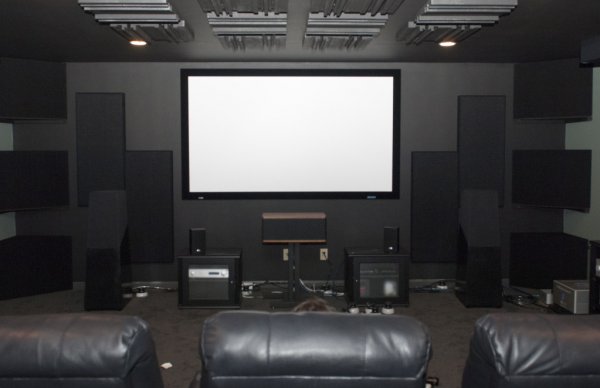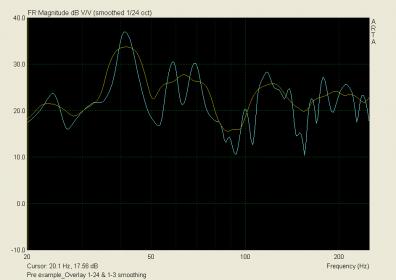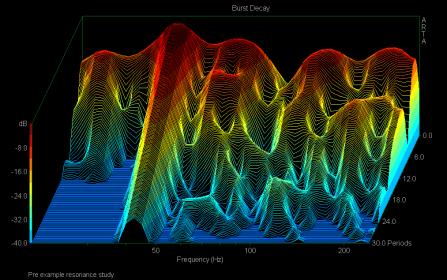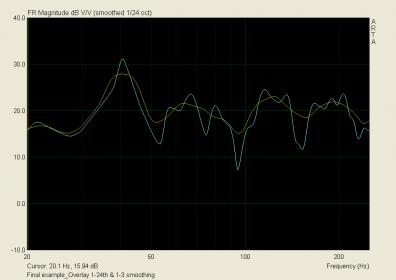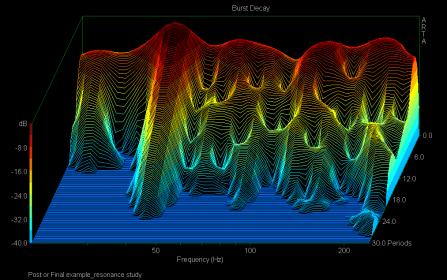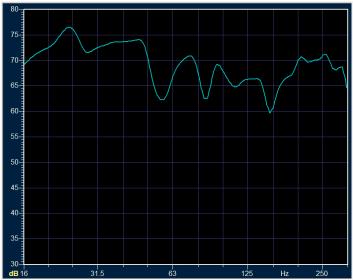In the case of the subject at hand, bass frequencies, the room is absolute control. You can see that in this measurement:

So there, changing speakers other than absolutely power, will make little difference otherwise.
In frequencies above transition, as the chart shows, the speaker response dominates. At the risk of stating the obvious, changing speakers will most definitely change the sound in the room. That aside, there are design considerations that are specific to speakers. For example, for surround channels, the room may have been designed around a speaker with wide directivity. Changing that to narrow may somewhat change the response. As someone noted already though, in general a well designed room will work most speakers.
Thank you Amir. When I get to the 'next room' project, this is a key issue, among others.
I do want the flexibility to change speakers. And I'm thinking about BIG horns for the bass.


